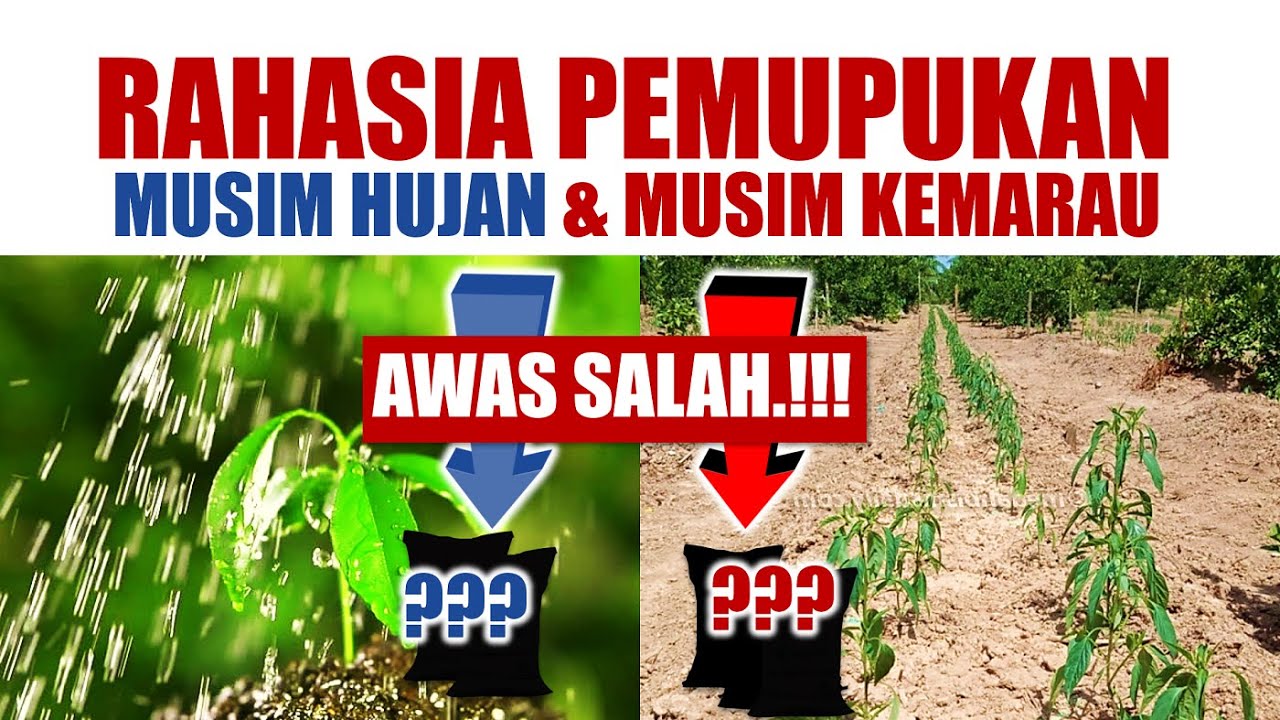Diagnosing Nematode Damage in the Field
Summary
TLDRIn this video, Bob Moroney, a plant pathologist at the University of Delaware, guides viewers on identifying nematode damage in crops during the growing season. He explains how to detect stunted plants and what to look for in their roots, including the presence of soybean cyst nematodes and root knot nematodes. Through careful digging and soil sampling, growers can determine whether nematodes are causing damage. The video emphasizes proper sample handling and submitting to a diagnostic lab to confirm infestations and take preventive actions for crop health.
Takeaways
- 😀 Stunting in plants may be caused by nematodes, but other factors like soil compaction, poor fertility, and drought should also be considered.
- 😀 When identifying a problem area, look for stunted plants and examine the roots for potential nematode damage.
- 😀 Careful handling of plants is essential when digging them up; avoid disturbing the root system too much.
- 😀 Soybean cyst nematodes (SCN) appear as small white or yellow cysts on plant roots, which are visible to the naked eye.
- 😀 Root knot nematodes cause large swellings or galls on the roots, which can vary in size depending on infestation severity.
- 😀 Soil samples should be taken from the zone between the stunted and healthy plants to detect nematodes accurately.
- 😀 Use a spade or soil probe to collect samples from 15 to 20 places in the affected area for the most reliable results.
- 😀 Always keep soil samples in plastic bags to prevent drying out and refrigerate them until they can be sent to a lab.
- 😀 When submitting samples, fill out a Nematode Assay Information Sheet to ensure accurate testing in the lab.
- 😀 Nematodes can be difficult to detect without soil sampling, as some nematodes do not produce visible root symptoms.
- 😀 Proper care during sample collection and transportation is crucial to prevent damage to the nematodes in the soil, which could lead to inaccurate results.
Q & A
What is the main objective of monitoring nematode population levels in the field?
-The main objective is to determine if nematodes are a problem in the field, specifically by monitoring their population levels, which is best done in the fall after the crop is harvested.
Why is it important to investigate plant symptoms during the growing season?
-Investigating symptoms during the growing season helps to identify the causes of abnormal plant growth, including potential nematode damage, and differentiate it from other issues like soil compaction or poor fertility.
What are some common causes of plant stunting besides nematodes?
-Besides nematodes, plant stunting can also be caused by soil compaction, poor soil fertility, drought, and other environmental or management-related factors.
How should plants be dug up to inspect their roots without damaging them?
-Plants should be carefully dug up using a shovel, and the root system should be handled gently by shaking the soil off. It is important not to pull the plants up forcefully to avoid damaging the roots.
What are the key signs of soybean cyst nematode (SCN) infestation?
-The key signs of SCN infestation include the presence of small white to yellow cysts on the roots, which are only about 1/32 of an inch in size. These cysts are smaller than nitrogen-fixing nodules.
How can root knot nematodes be identified in affected plants?
-Root knot nematodes can be identified by the presence of large, swollen galls or knots on the roots. These galls can vary in size from small bumps to large, clubbed structures, especially on the primary root.
What should you do if no visible symptoms are found on the roots but nematode damage is still suspected?
-If no visible symptoms are found on the roots but nematode damage is suspected, it is important to take a soil sample from the affected area to confirm the presence of nematodes.
What is the correct procedure for soil sampling when investigating nematode problems?
-Soil should be sampled from between the plants in the row, focusing on the transition zone where plants are most stunted. A soil probe or spade should be used to collect samples from 4-6 inches deep, gathering 15-20 samples from the affected area.
How should soil samples be handled to prevent damage to the nematodes?
-Soil samples should be placed in a plastic Ziploc bag, not paper, to prevent them from drying out. They should be kept cool or refrigerated until they are sent to a diagnostic laboratory for nematode analysis.
Why is it important to fill out the nematode assay information sheet when submitting soil samples to a laboratory?
-Filling out the nematode assay information sheet is important because it provides necessary details about the sample, helping the laboratory accurately identify and enumerate the nematodes present in the soil.
Outlines

Cette section est réservée aux utilisateurs payants. Améliorez votre compte pour accéder à cette section.
Améliorer maintenantMindmap

Cette section est réservée aux utilisateurs payants. Améliorez votre compte pour accéder à cette section.
Améliorer maintenantKeywords

Cette section est réservée aux utilisateurs payants. Améliorez votre compte pour accéder à cette section.
Améliorer maintenantHighlights

Cette section est réservée aux utilisateurs payants. Améliorez votre compte pour accéder à cette section.
Améliorer maintenantTranscripts

Cette section est réservée aux utilisateurs payants. Améliorez votre compte pour accéder à cette section.
Améliorer maintenant5.0 / 5 (0 votes)






